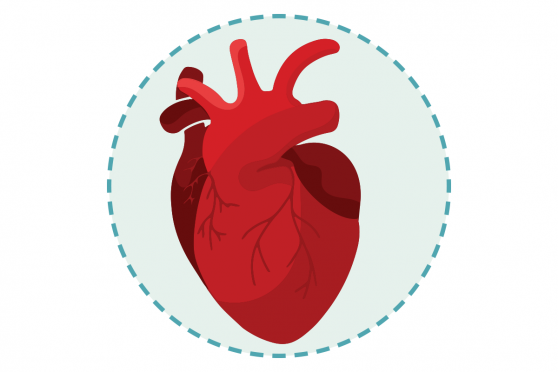Why tears matter
Tears aren’t just an outward sign of your feelings—they actually have an important job: keeping your eyes healthy and seeing clearly

We all have experienced tears of joy and tears of sadness. When we tear up, it can be an expression of strong emotion. The author Washington Irving once wrote: “There is a sacredness in tears. They are not the mark of weakness, but of power. They speak more eloquently than ten thousand tongues. They are the messengers of overwhelming grief, of deep contrition, and of unspeakable love.”
While tears do convey deep feelings, they have a very practical purpose as well: they keep our eyes lubricated and functioning properly.
“Tears protect your cornea and help deliver oxygen to keep it heathy,” says Margaret Barrett Harrington, a doctor of optometry (O.D.) in Daytona Beach, Florida. “They also contain antibodies to help fight infection and wash away debris.”
Tears Are More Complex Than Many Think
While tears are mostly composed of water and little bit of salt, the components of these secretions are more involved. Tears originate in the lacrimal glands (or tear glands) located above each eyeball. Tears carry vital nutrients that keep the eyes healthy, including potassium, chloride, bicarbonate, magnesium, and calcium.
They also hold proteins, lipids (fatty acids), and mucins. Mucins are glycoproteins that contribute to the mucus layer, which helps a tear spread evenly over the surface of the eye. Without a mucus coating, tears would stick to the eye and not rinse away.
In addition, these secretions bathe the eyes in a substance called lysozyme, which has an antibacterial action that works to prevent invasion and infection by microbes and viruses. Every time you blink, tear fluid does its job by filming the surface of the eyeball.
Along with a mucous layer and a watery layer, tears have a layer of oil that comes from the meibomian glands. The film of oil keeps tears from evaporating too quickly.
Any extra fluid drains away from the eyes through tear ducts and into the nose.
Three Kinds of Tears
The American Academy of Ophthalmology explains that tears are classified in three types that correspond to specific functions.
- Emotional tears are produced by weeping; these drops trickle down the face when we experience intense love, happiness, sadness, fear, and hate.
- Reflex tears wash away particles, smoke, and other irritants that may enter the eye.
- Basal tears protect the eyes with nourishment and lubrication.
When the Eye Goes Dry
If glands don’t produce enough tears or the composition of the tears is off (not enough oil, for example), an individual can get dry eye. This condition can interfere with seeing by triggering a redness, discharge, burning, stinging, or a scratchy sensation. If dry eye gets severe, it can lead to infection and damage the surface of the cornea.
Dr. Harrington says many factors can cause dry eye, including:
- environmental conditions (wind, smoke, or dry weather)
- medications (antihistamines, decongestants, antidepressants, birth control pills, hormone replacement therapy, and medications for anxiety, Parkinson’s disease, and high blood pressure)
- staring at screens for long periods of time
- overusing contacts
- eye surgeries like LASIK
- advancing age (we all make fewer tears as we grow older)
Certain illnesses can also contribute to the condition, such as seasonal allergies, blepharitis (an inflammatory eyelid disease), Sjögren’s syndrome (an autoimmune disease that attacks the glands that make tears and saliva), rosacea (an inflammatory skin condition), lupus, and rheumatoid arthritis.
Dry eye is treatable and an eye doctor can recommend a course of therapy, which may range from medications, lifestyle changes (less screen time, eyewear that protects from wind, stopping smoking), or surgical options.
Keep the Tears Flowing
According to Dr. Harrington, a common eye health problem that many people are not aware of is clogged tear ducts. With a blocked duct, tears do not properly drain, leaving the eye watery and irritated. The ailment is often seen among newborns, but adults can get it from a wound, infection, or tumor.
“The problem can often be avoided by keeping the eye clear of debris and avoiding injuries to the eyelids,” says Dr. Harrington.
If a duct is blocked, however, it can be a sign of a serious problem, and a patient should consult with an eye doctor as soon as possible.
In general, Dr. Harrington encourages consumers to pay close attention to their tears and be aware of troubles.
“You may have a problem with your tears if your eyes water often, eyes burn, eyes are red, eyes feel sandy or gritty, or your vision fluctuates sort of like looking through a dirty windshield,” she says.



